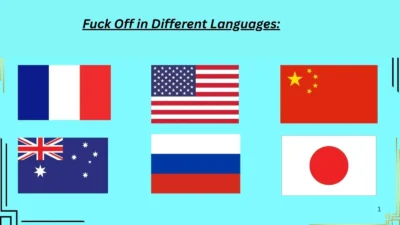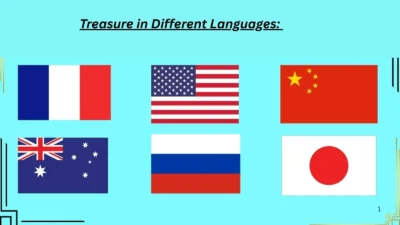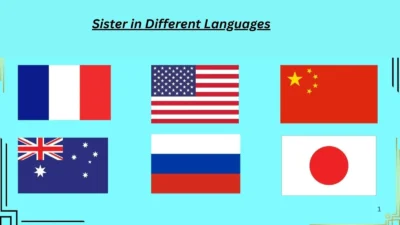When someone searches for little girl in different languages, they are often looking for ways to express this sweet and affectionate phrase across cultures.
It may be for travel, naming inspiration, writing a story, learning a new language, or simply connecting with people from different backgrounds. Whatever the reason, this guide will provide clear translations of the phrase little girl in multiple languages, along with explanations of its meaning and usage.
By the end of this article, you’ll not only know how to say little girl in different languages but also how to use it in conversations correctly.
Why People Search for “Little Girl in Different Languages”
There are several intentions behind this search:
- Language Learners: To expand vocabulary and improve cultural understanding.
- Writers & Poets: To add authenticity or a global touch to their creative work.
- Parents: Looking for unique baby names or affectionate nicknames.
- Travelers: To communicate more warmly when visiting other countries.
- Cultural Enthusiasts: To appreciate how different societies express love and innocence through words.
This article solves their problem by giving direct translations, meanings, and usage examples in context.
Little Girl in Different Languages
Here’s how to say little girl around the world:
- Spanish: Niña pequeña or simply niñita (affectionate).
- French: Petite fille.
- German: Kleines Mädchen.
- Italian: Bambina piccola or piccola bambina.
- Portuguese: Menina pequena.
- Russian: Маленькая девочка (Malen’kaya devochka).
- Chinese (Mandarin): 小女孩 (xiǎo nǚ hái).
- Japanese: 小さな女の子 (chiisana onnanoko).
- Korean: 작은 소녀 (jageun sonyeo) or 꼬마 여자아이 (kkoma yeoja-ai).
- Arabic: فتاة صغيرة (fatah ṣaghīrah).
- Hindi: छोटी लड़की (chhoṭī laṛkī).
- Turkish: Küçük kız.
- Greek: Μικρό κορίτσι (mikró korítsi).
- Dutch: Klein meisje.
- Swedish: Liten flicka.
How to Use These Words in Sentences
To make sure you don’t just memorize translations but also learn how to apply them, here are a few examples:
- English: “The little girl is playing in the garden.”
- French: La petite fille joue dans le jardin.
- Spanish: La niñita juega en el jardín.
- German: Das kleine Mädchen spielt im Garten.
This helps readers see how the phrase naturally fits into daily speech.
Cultural Insight
In many cultures, the phrase little girl is more than a description—it conveys innocence, sweetness, and love. For example, in Spanish (niñita) or Japanese (onnanoko), the word carries affectionate undertones that make it warmer than the literal translation. Knowing these subtle differences can help you sound more natural and respectful when using the phrase in conversations.
Conclusion
The phrase little girl may seem simple, but it carries deep meaning across languages and cultures. Whether you’re learning for travel, storytelling, or personal connection, these translations give you the tools to express yourself with warmth and accuracy. By using the right word in the right language, you not only communicate better but also show appreciation for cultural diversity



